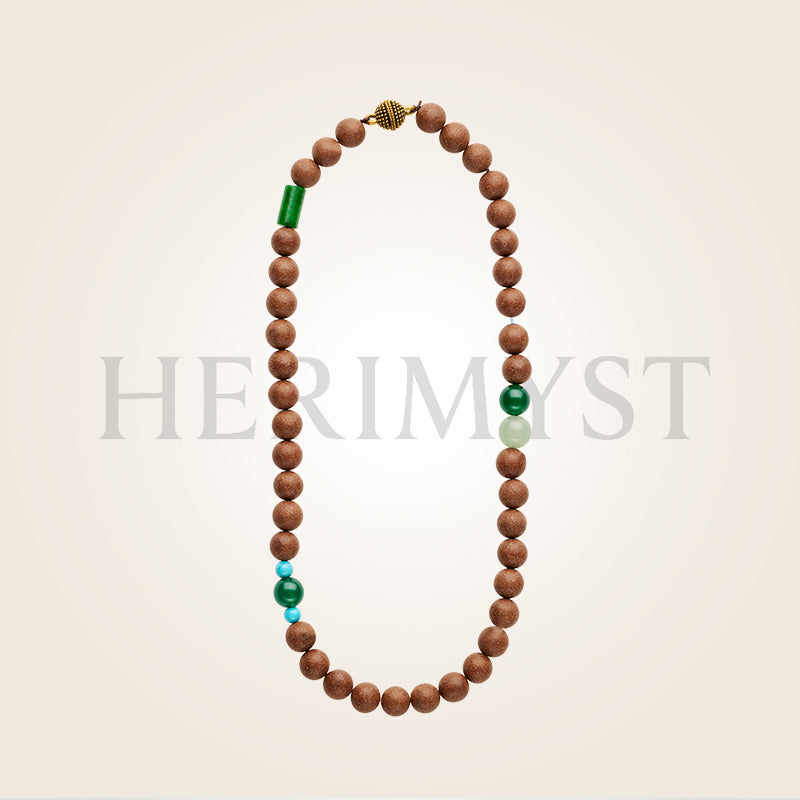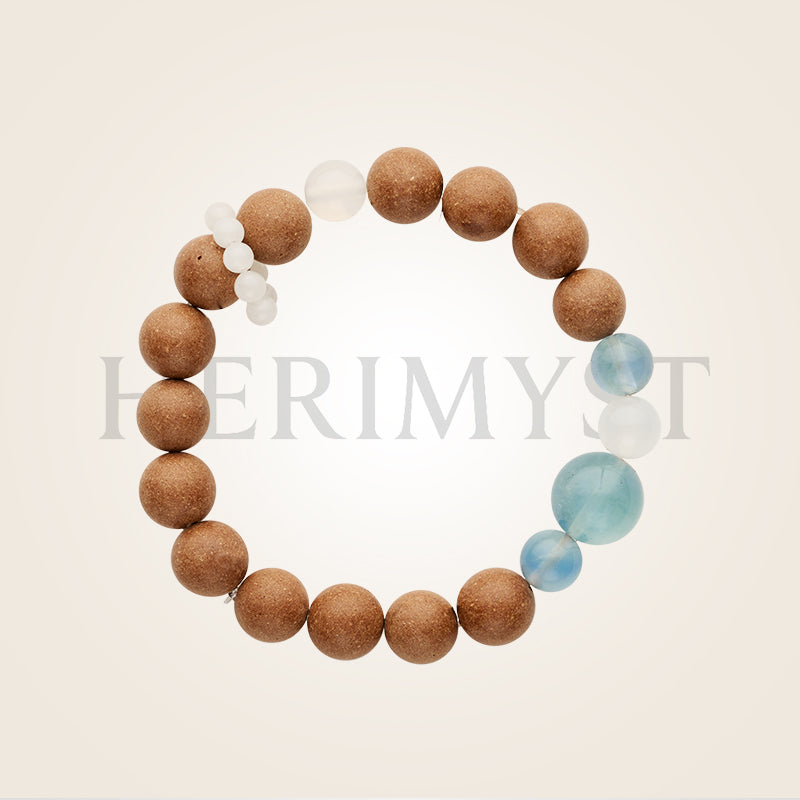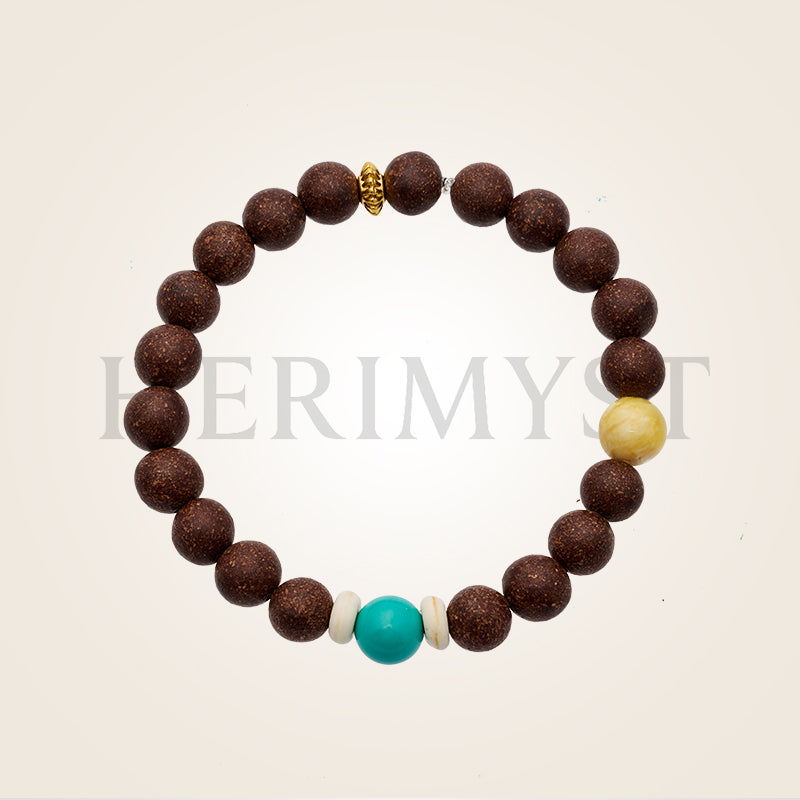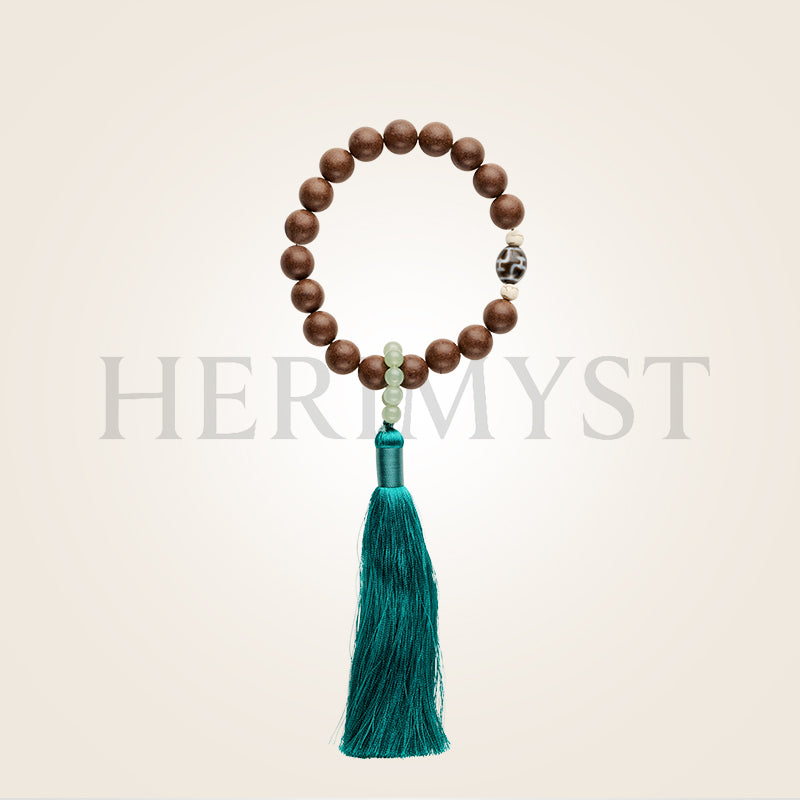Long before scented candles or essential oils ever existed, incense was the original aromatic ritual.
As early as **the Zhou dynasty (c. 1046–256 BCE)**, incense was burned in Chinese temples and palaces—not merely for fragrance, but to purify, to focus, to heal.
By the **Tang dynasty (618–907 CE)**, incense culture had fully matured. Artisans began blending **complex formulas** using rare woods, herbs, minerals, and resins. Fragrance became part of **rituals in court, in tea ceremonies, in meditation halls**, and among scholars seeking inner clarity.
Compared to ancient Greece or Rome, where incense was mostly religious, Chinese incense evolved into a complete science—deeply connected to **Traditional Chinese Medicine (TCM)** and **Daoist philosophy**.
That tradition lives on in Herimyst.
---
## A Formula, Not a Fragrance
What makes traditional incense so different?
It follows the classical Chinese system of **Jun, Chen, Zuo, Shi (君臣佐使)** — a structure borrowed from herbal medicine that assigns a role to each ingredient:
- **Jun (Chief)**: The main scent and function — like agarwood or sandalwood
- **Chen (Deputy)**: Enhances the chief — such as clove or calamus
- **Zuo (Assistant)**: Balances temperature or modifies aroma — like benzoin or star anise
- **Shi (Envoy)**: Harmonizes and directs the formula — often frankincense or musk root
The result? An incense experience that **unfolds in stages**—never overpowering, always evolving.
---
## Preparation Matters: Not All Herbs Burn the Same
In ancient apothecaries, herbs were **not** simply mixed and burned. Each required its own **paozhi (炮制)**—a method of preparation used in Chinese pharmacology.
- Some ingredients were dry-roasted to remove moisture
- Others were soaked in wine, vinegar, or honey to modify energetic properties
- Resins were aged to soften their heat
- Minerals were purified with low flame to reduce harshness
These steps help **reduce smoke, eliminate toxins**, and enhance the formula’s therapeutic effect.
This is why true incense burns with a **graceful curl** rather than a harsh bite. The smoothness isn’t accidental—it’s crafted.
---
## Edible Botanicals, Not Chemicals
Herimyst incense contains no synthetic fragrance, fixatives, or glue. Only herbs once used in Chinese medicine, including:
- **Dang Gui (Angelica sinensis)** – calms mood and nourishes blood
- **Cyperus (Xiang Fu)** – balances emotions and supports qi
- **Sandalwood & Agarwood** – soothe the mind and anchor the spirit
These are herbs you could steep in tea—but when gently burned, they release their volatile oils through heat, not combustion, offering a calm, therapeutic scent.
---
## Ritual with Purpose
In ancient China, incense was used to:
- Focus before calligraphy
- Mark time with incense clocks
- Calm the heart before meditation or rest
- Balance internal energy (qi) in Daoist and TCM practices
Today, you don’t need a temple or scholar’s desk.
Lighting incense can be your **boundary ritual**—between work and rest, tension and peace, distraction and presence.
---
## The Herimyst Way
At Herimyst, we make incense the old way:
- In small batches
- With hand-ground botanicals
- Using formulas guided by Chinese medical theory
- Free from anything artificial
Because incense should do more than smell good.
It should help you come home—to yourself.
> Incense is not perfume.
> It is philosophy, herbal science, and stillness—made visible.




